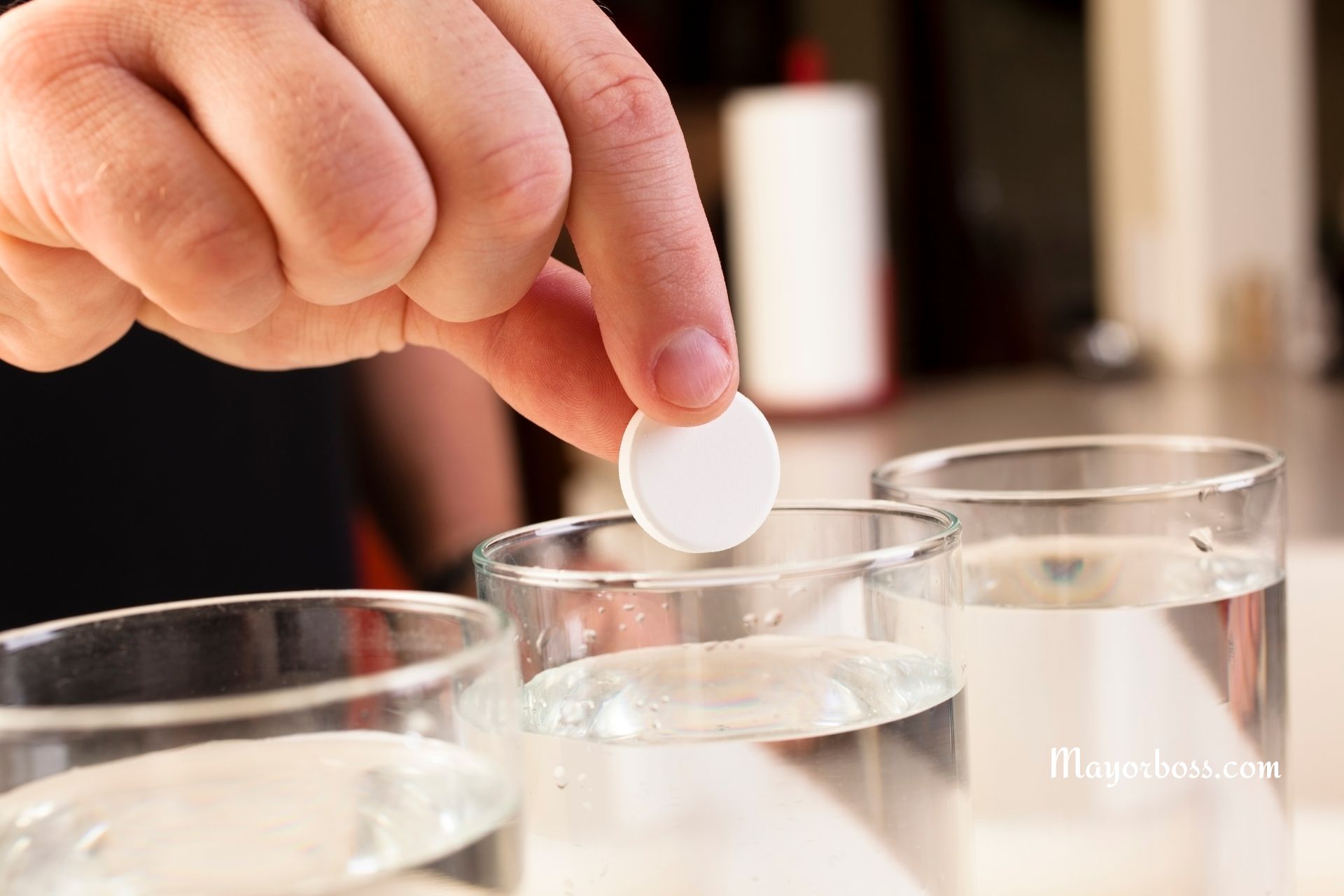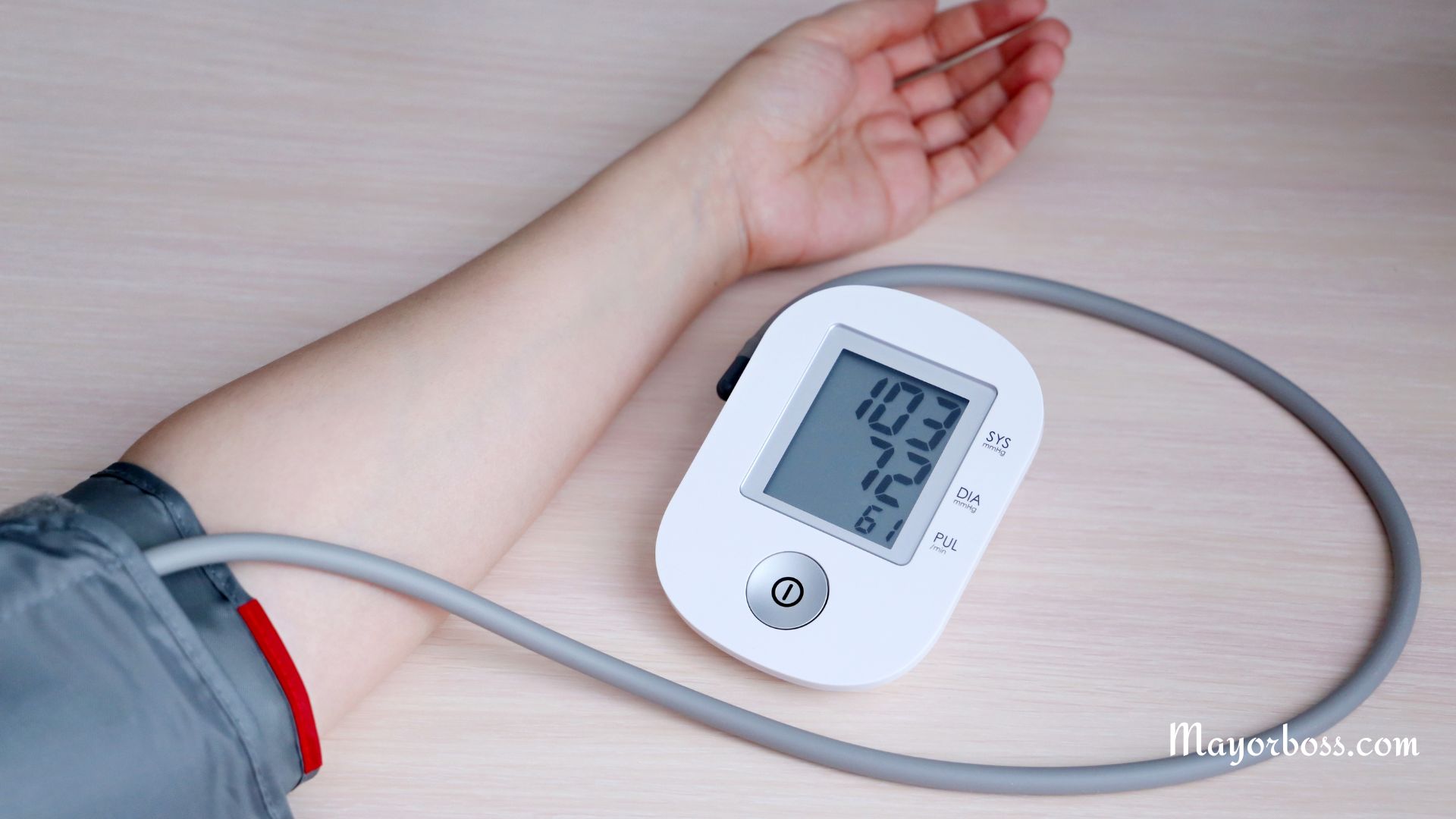What is Prostatitis (Infection of the Prostate), and How is it Treated?
Prostatitis is the medical term for inflammation or infection of the prostate gland. The prostate is a small gland in men, about the size of a walnut, located just below the bladder. It helps make semen, the fluid that carries sperm. When the prostate becomes irritated or infected, it can cause a variety of uncomfortable symptoms.1
This condition can affect men of all ages, but is more common in men under 50.2 Prostatitis is not the same as prostate cancer or benign prostatic hyperplasia (BPH), although they all involve the prostate.

Types of Prostatitis
There are four main types of prostatitis:
1. Acute Bacterial Prostatitis
This type is caused by a bacterial infection. It comes on suddenly and often severely.
Symptoms include:
- Fever and chills
- Pain in the lower back, abdomen, or groin
- Burning sensation during urination
- Urgent need to urinate
- Difficulty urinating
- Painful ejaculation
This is a medical emergency and needs immediate treatment.3
2. Chronic Bacterial Prostatitis
This is a long-term bacterial infection of the prostate. Symptoms are similar to acute bacterial prostatitis but less intense. They often come and go overtime.4
3. Chronic Prostatitis / Chronic Pelvic Pain Syndrome (CP/CPPS)
This is the most common type. It’s not caused by bacteria. The exact cause is often unclear. It may involve inflammation, muscle tension, nerve problems, or stress.5
Symptoms can include:
- Pain in the pelvic area
- Discomfort during or after urination
- Pain during ejaculation
- Difficulty starting or stopping urination
- Feeling of a full bladder even after urinating
4. Asymptomatic Inflammatory Prostatitis
This type causes inflammation of the prostate without symptoms. It’s usually found by chance during tests for other conditions. It doesn’t need treatment if it’s not causing problems.
What Causes Prostatitis?
Causes vary depending on the type, but possible triggers include:
- Bacterial infections (often from urinary tract infections)
- Injury to the pelvic area
- Stress
- Nerve damage
- Inflammation without infection
Sexually transmitted infections (STIs), like chlamydia or gonorrhea, can also cause prostatitis in some cases.6
How is Prostatitis Diagnosed?
A doctor will ask about symptoms and do a physical exam. The exam often includes a digital rectal exam (DRE), where the doctor gently feels the prostate through the rectum.
Tests may include:
- Urine tests
- Blood tests
- Prostate secretion analysis
- Imaging (like ultrasound or CT scan, in some cases)
These help find out if there’s an infection and what type of prostatitis is present.
Treatment Options for Prostatitis
1. Antibiotics
If bacteria are causing the infection, antibiotics are the main treatment. The length of treatment depends on the type:
- Acute bacterial prostatitis: Typically 2 to 4 weeks
- Chronic bacterial prostatitis: May need antibiotics for 6 weeks or longer
It’s important to finish the entire course, even if symptoms improve early.
2. Pain Relievers
Over-the-counter medications like ibuprofen or acetaminophen can reduce pain and inflammation.
3. Alpha-blockers
These medications relax the muscles around the bladder and prostate, making it easier to urinate. They may be helpful for chronic prostatitis.
4. Warm Baths (Sitz Baths)
Sitting in warm water can ease pelvic and lower back pain.
5. Lifestyle Adjustments
- Drink plenty of fluids to help flush bacteria from the system
- Avoid alcohol, caffeine, and spicy foods if they worsen symptoms
- Reduce stress through relaxation techniques
6. Prostate Massage or Physical Therapy
In some chronic cases, therapy aimed at relaxing pelvic muscles can help relieve symptoms.
When to See a Doctor
Seek medical help if you experience:
- Painful or difficult urination
- Blood in urine or semen
- Fever and chills
- Pelvic pain that doesn’t go away
Early treatment can prevent complications like a prostate abscess or ongoing urinary problems.
Final Thoughts
Prostatitis is treatable, especially when diagnosed early. While bacterial forms usually respond well to antibiotics, chronic types may need a combination of treatments over time. If you notice symptoms affecting your urination, sexual health, or pelvic comfort, don’t ignore them. Talk to a doctor.
- https://www.mayoclinic.org/diseases-conditions/prostatitis/symptoms-causes/syc-20355766 ↩︎
- https://www.niddk.nih.gov/health-information/urologic-diseases/prostate-problems/prostatitis-inflammation-prostate ↩︎
- https://www.aafp.org/pubs/afp/issues/2016/0115/p114.html ↩︎
- https://www.healthline.com/health/prostatitis-bacterial-chronic ↩︎
- https://pmc.ncbi.nlm.nih.gov/articles/PMC7256330/ ↩︎
- https://my.clevelandclinic.org/health/diseases/15319-prostatitis ↩︎






